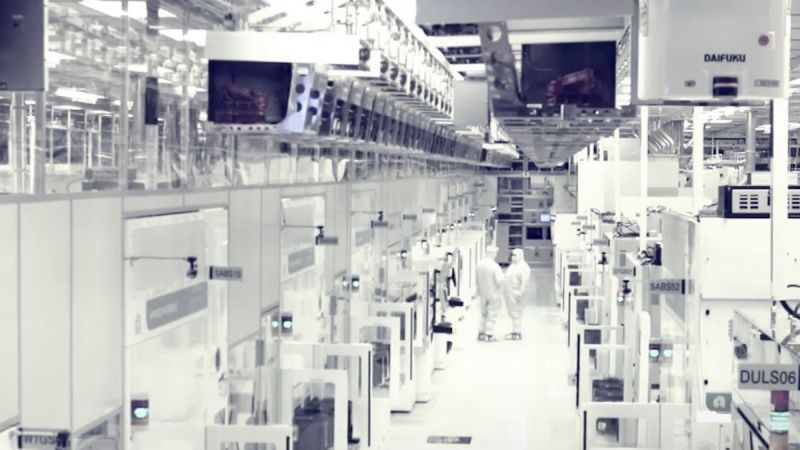South Korean authorities will allocate another $10 billion in aid to the national semiconductor industry next year


The specifics of support for the national semiconductor industry by the South Korean authorities have so far mainly been limited to agitating business representatives to invest more money in this area. Trump’s rise to power in the United States, however, forced the South Korean government to urgently allocate an additional $10 billion to support the industry in 2025.


Image Source: Samsung Electronics
As Bloomberg notes, this amount will include soft loans, insurance coverage and guarantees from organizations associated with the South Korean authorities. Subsidies are traditionally not welcomed by local authorities. However, the government is ready to cover a significant part of the $1.3 billion in costs for creating the engineering infrastructure necessary for the implementation of projects, such as laying power lines to the construction site of enterprises at a site south of Seoul.
These measures are provided in addition to the $18.6 billion that the South Korean authorities discussed in the middle of the year, but will partially overlap with them. The government will also provide tax preferences to companies in the semiconductor industry, and is also planning to build a $2.9 billion data center by 2030 that will specialize in artificial intelligence.
As noted in a statement by the South Korean government, although ties with the United States will strengthen after Donald Trump comes to power in the shipbuilding and defense sectors, unforeseen economic difficulties are possible in other areas of international cooperation. Samsung’s Texas facility is under threat amid Trump’s criticism of his predecessor’s efforts to lure foreign chipmakers to American soil with generous subsidies.
South Korea’s economy is largely dependent on the export of semiconductor products, and a large part of it is produced in China. The complication of relations between the United States and China under Trump could also hit South Korean exports, so the government decided to provide additional measures to support the national semiconductor industry. Trump is already actively promoting the idea of increasing import duties on goods from China, so some South Korean products may become more expensive after he returns to the White House in January next year.
Recent Posts
Nvidia reveals specifications of mobile GeForce RTX 5060 – the third part of mobile RTX 5090
Following the announcement of the desktop version of the GeForce RTX 5060 graphics card, Nvidia…
Swedish scientists have trained AI to translate from horse language
A group of scientists from Sweden have developed an artificial intelligence model called Dessie, designed…
Gigabyte Unveils First Low-Profile Blackwell for Gamers — GeForce RTX 5060 OC LP with Three Fans
Gigabyte has introduced the GeForce RTX 5060 OC Low Profile graphics card. The new product…
Dracula’s abduction, interactive dreams and 35 quests: Warhorse co-founder reveals what was cut from Kingdom Come: Deliverance 2
Released in February, the medieval open-world action RPG Kingdom Come: Deliverance 2 from the Czech…
ASML Disappoints Investors With Future Uncertainty Due to US Tariffs
The Dutch company ASML, the world's largest supplier of lithographic scanners for the production of…
Huawei Launches Smart Glasses 2 With Sleek Design and AI Features for $313
Chinese company Huawei has introduced Smart Glasses 2 smart glasses to the domestic market, which…